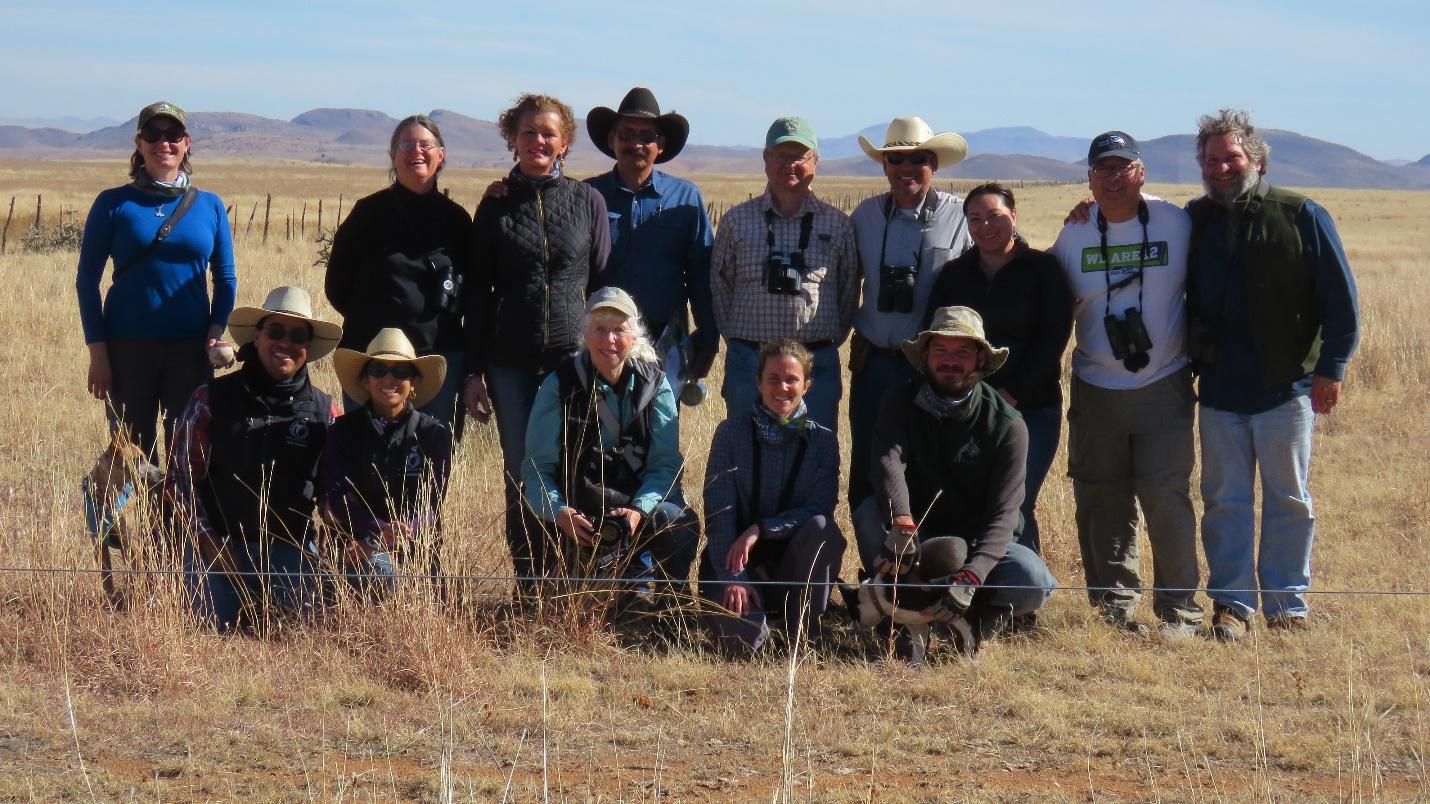
Bird Conservancy’s group visits with the Varela family at El Quemado Ranch, near Casas Grandes, Chihuahua,
one of several ranch visits during the January 2018 tour.
In January 12- 15, 2018 Bird Conservancy Executive Director, Tammy VerCauteren and International Program Director, Arvind Panjabi took members of the board, partners from US Forest Service and Bird Conservancy donors on a tour through scenic northern Mexico to some of the ranches we are working on with our partner organization, IMC–Vida Silvestre (IMC)
The grasslands of the Chihuahuan desert provide important overwintering habitat for over 90% of the migratory grassland species in western North America. Unfortunately, these grasslands are rapidly disappearing due to cropland conversion, shrub encroachment, fragmentation and overgrazing, thus contributing to the ongoing population declines of grassland birds.

Map of ranches in northern Chihuahua, Mexico, visited in January 2018
Bird Conservancy and IMC, along with several other partners, have created a Sustainable Grazing Network (SGN) currently involving 15 landowners on more than 250,000 acres to improve rangeland health and restore grassland habitat. Our goal is to work with them to simultaneously improve habitat and productivity on the rangelands, creating a win-win for people and wildlife, and discourage the rapid land-use change.
The ranch tour took the group to see five of the SGN working ranches: El 15 (Pronounced “El KEEN-SAY”), El Palomino, Plan De Alamos, El Quemado, and Tres Papalotes, all in different stages of management, facing different challenges. The group ended the tour with a visit to the ranch where we have been conducting our winter grassland bird research since 2007: Rancho El Uno. These ranches are just a few of the properties that provide important wintering habitat for grassland birds, and working in partnership with them is a critical piece in maintaining healthy grasslands for our shared bird species.

The group visits with the Perez family at Tres Papalotes Ranch near Janos, Chihuahua.
Some ranches are working to regenerate grasslands through a practice called “Key-line”. This aerates the soil, exposing the seed bank and allows water to propagate the grasses to regenerate. This process has already produced noticeable improvements in grass cover after only one year on some SGN ranches, although it can take several years to overcome the initial growth of forbs until the grasses take-hold again. All of the ranches need strategic, customized management plans and technical support for success. And that’s where Bird Conservancy and IMC come in.
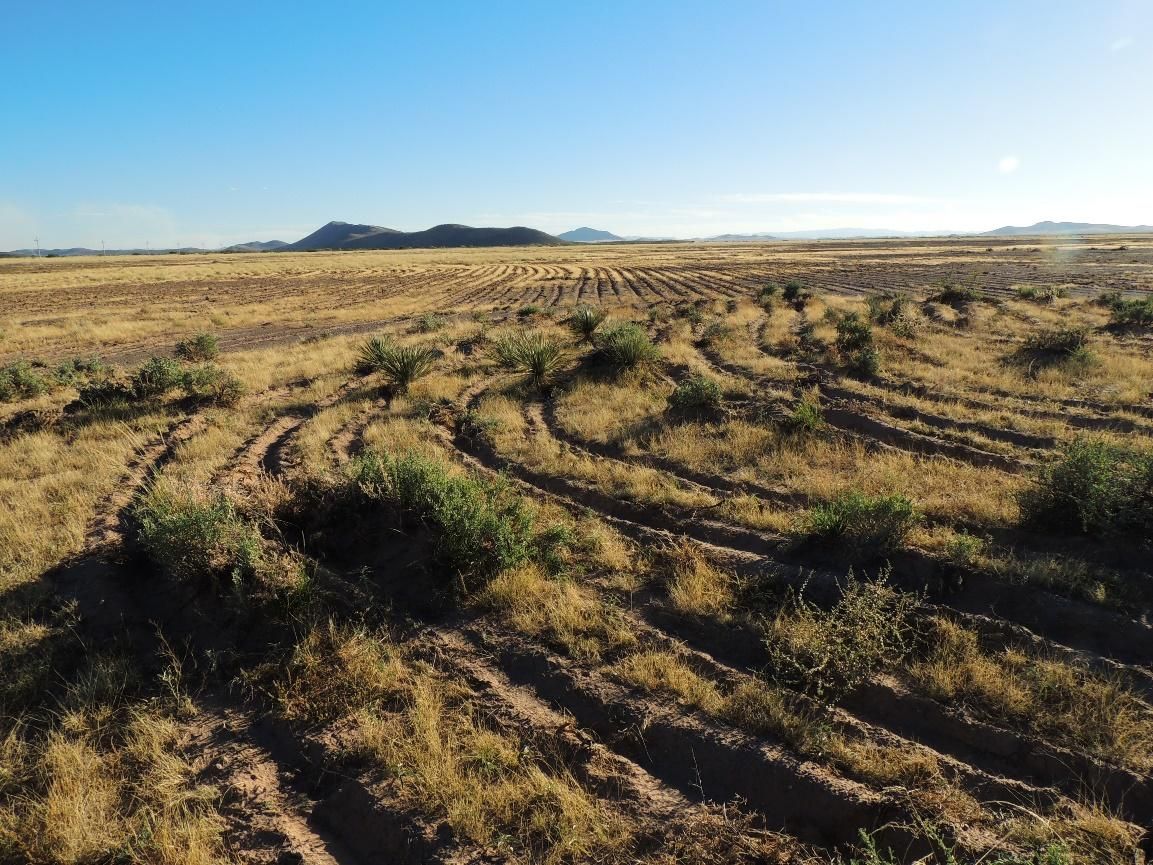
Example of key-line plowing on Ejido Los Pinos, which is designed to increase water infiltration in the soil, capture seed and promote germination in areas with excessive bare ground.
The ranch owners enrolled in the SGN are voluntarily participating in management practices to protect and improve habitat for a diverse array of grassland species while also improving the productivity and resilience of the lands for cattle. Ultimately, this line of defense may be the most effective strategy for keeping these grasslands from the plow, preserving local aquifers and maintaining the ranching culture and heritage of the region. We aim to enroll at least 500,000 acres in the SGN by 2020, in collaboration with IMC, Universidad Autónoma de Nuevo Leon, Pronatura Noreste, Rio Grande Joint Venture, Profauna, and other conservation partners in the region.
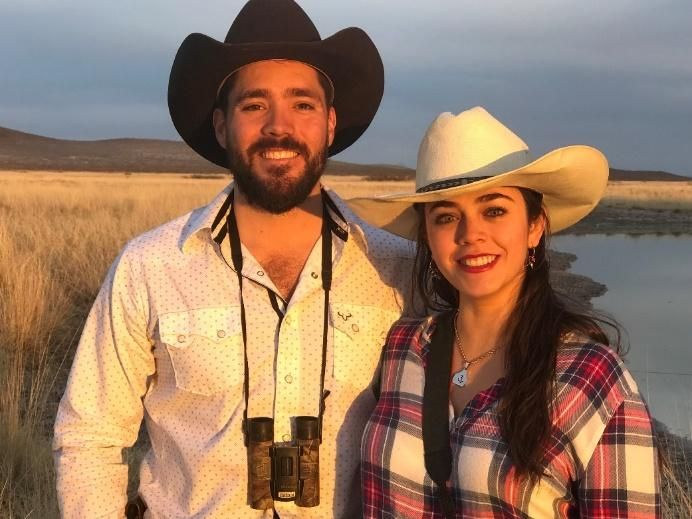
Enrique and Carolina Perez are ranchers at Tres Papalotes ranch who are excited to practice holistic management to benefit their cattle operations and healthy habitat for birds.
At all but one of the ranches we visited, we were able to meet the landowners who are currently managing the ranch. Each one had an inspiring story to tell about their connections to the land, what drives their management philosophy and how they came to work with us. It was especially heartening to see the next generation of ranchers committed to holistic ranch management (especially wildlife conservation), sustainable grazing and carrying on their ranching heritage. We can rest assured that grassland birds will have a healthy winter home on these ranches for a many years to come.
“It was amazing to visit the ranches to view first hand this unique partnership between IMC, Bird Conservancy and the ranchers. It is one thing to learn about this partnership by reading the reports or viewing presentations, but actually visiting the ranches and meeting the ranchers allowed me to really understand the impact the work was having on the landscape. This success has built trust among all of the partners, and is the type of work that the Forest Service wants to support” ~ James Chu, Natural Resource Specialist with U.S. Forest Service International Programs.
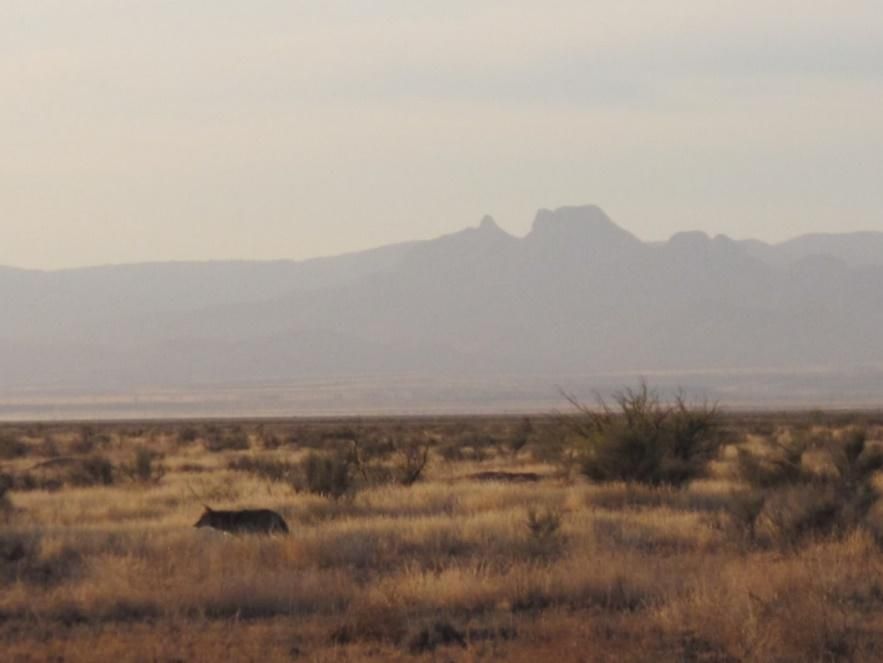
A coyote at Rancho El Uno.
We ended our trip at Rancho El Uno, owned and managed by The Nature Conservancy, and the first and only property in Chihuahua that has been permanently protected for grasslands conservation. Bird Conservancy has a long tradition of basing its operations in northern Mexico from this ranch, and has trained more than 80 Mexican biologists at this facility in grassland bird identification and research techniques. It is also the site of our long-term research on grassland bird survival, so tour participants got to spend a day capturing birds in mist-nets and deploying radio transmitters on them to be able to track their movements and monitor their survival in hopes of finding evidence that can guide grassland management at places like El Uno and other ranches in the SGN.
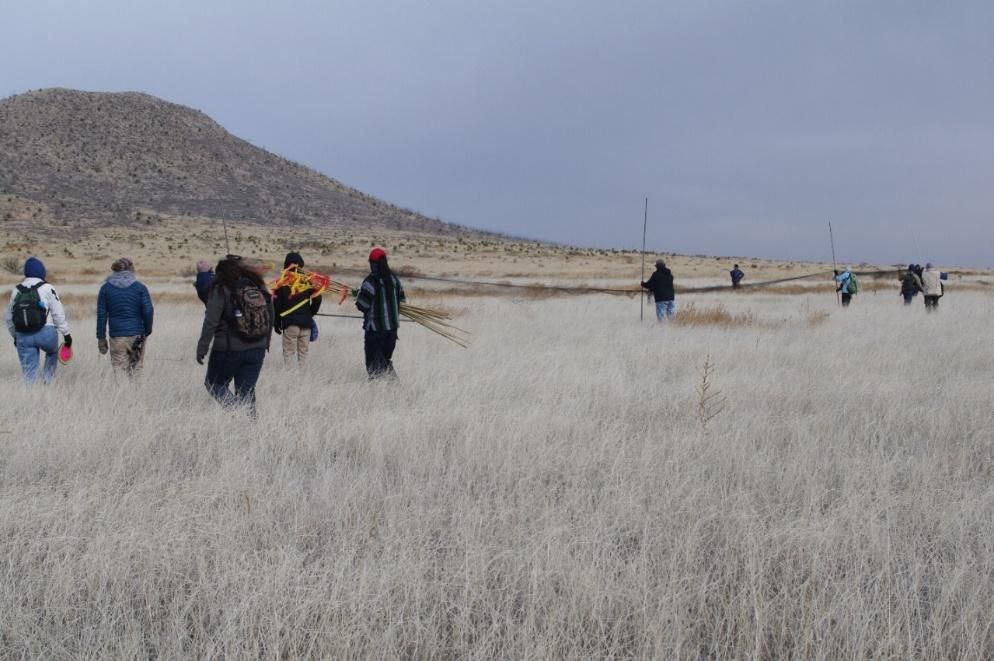
Tour participants and local volunteers assist with Bird Conservancy’s Winter Grassland Bird Survival research at Rancho El Uno, near Janos, Chihuahua.
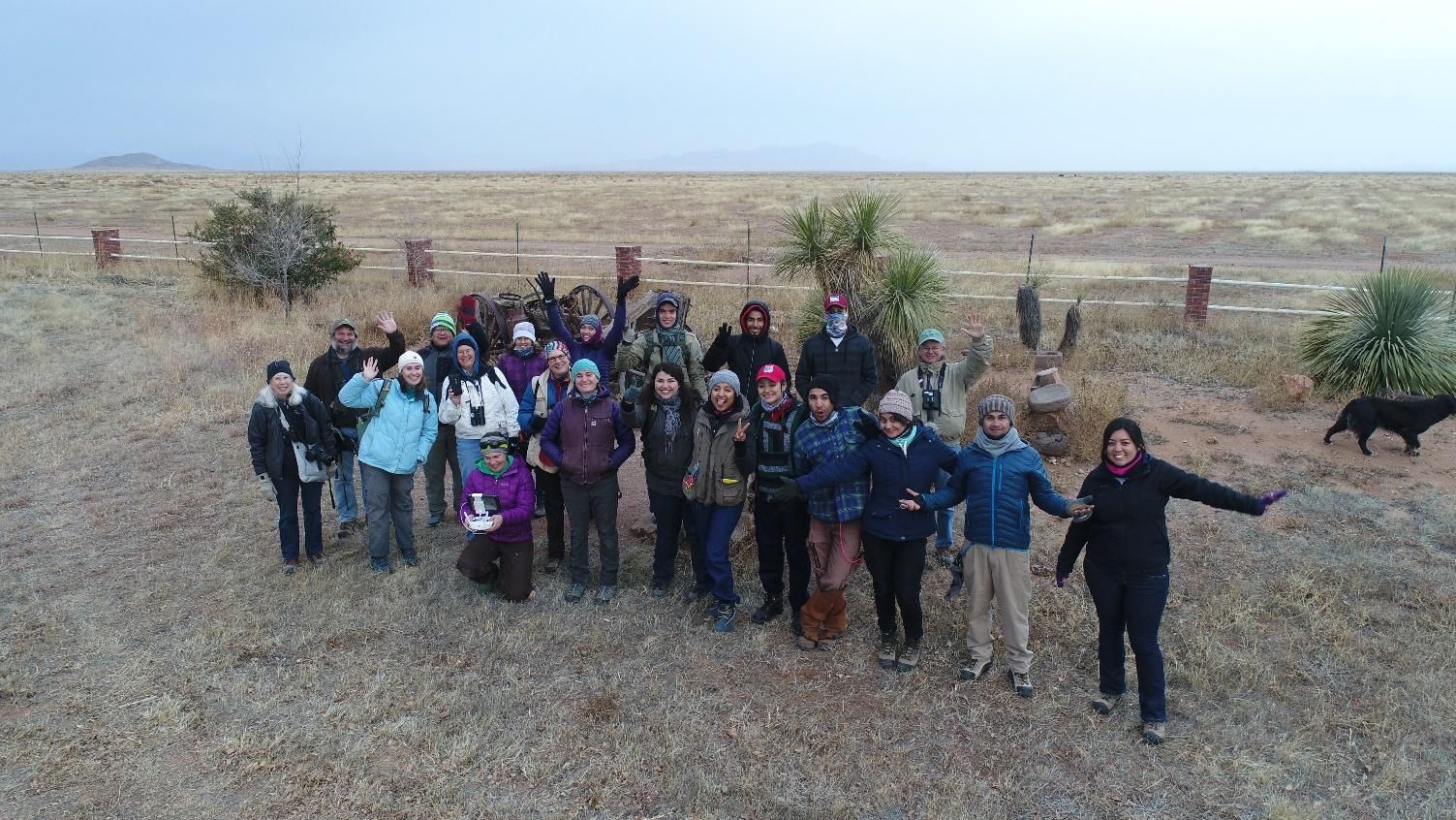
Group photo at Rancho El Uno (L – R: Board member Jean Tate, Back row: Arvind Panjabi (BCR), Jim Chu (USFS), Tammy VerCauteren (BCR), Erin Youngberg (BCR); Winter survival project volunteers: Aaron, Abel, and Rafael; Greg Butcher (USFS), Front Row: Kate Ruskin (University of Maine), Kathanne Lynch (Friend of BCR), Janet Ruth (USFWS, USGS), Erin Strasser (BCR), Winter Survival volunteers & field technicians: Laura, Selene, Alejandra, Alex, Mariana, Jesus, and Mariana; kneeling in front & drone photo credit: Mo Correll (BCR)

(L-R): Roberto Rodriguez (IMC), Dulce Barraza (IMC), Enrique and Carolina Perez (Ranchers), Pedro Calderon & Nancy Hernandez (IMC).
Thanks to The Nature Conservancy for hosting important research on Ranch El Uno, and thank you to our funding partners: US Forest Service, US Fish and Wildlife Service/Neotropical Migratory Bird Conservation Act, the Bobolink Foundation, Bureau of Land Management, New Mexico Game & Fish Department, WWF–Carlos Slim Foundation, and Friends of Bird Conservancy.


